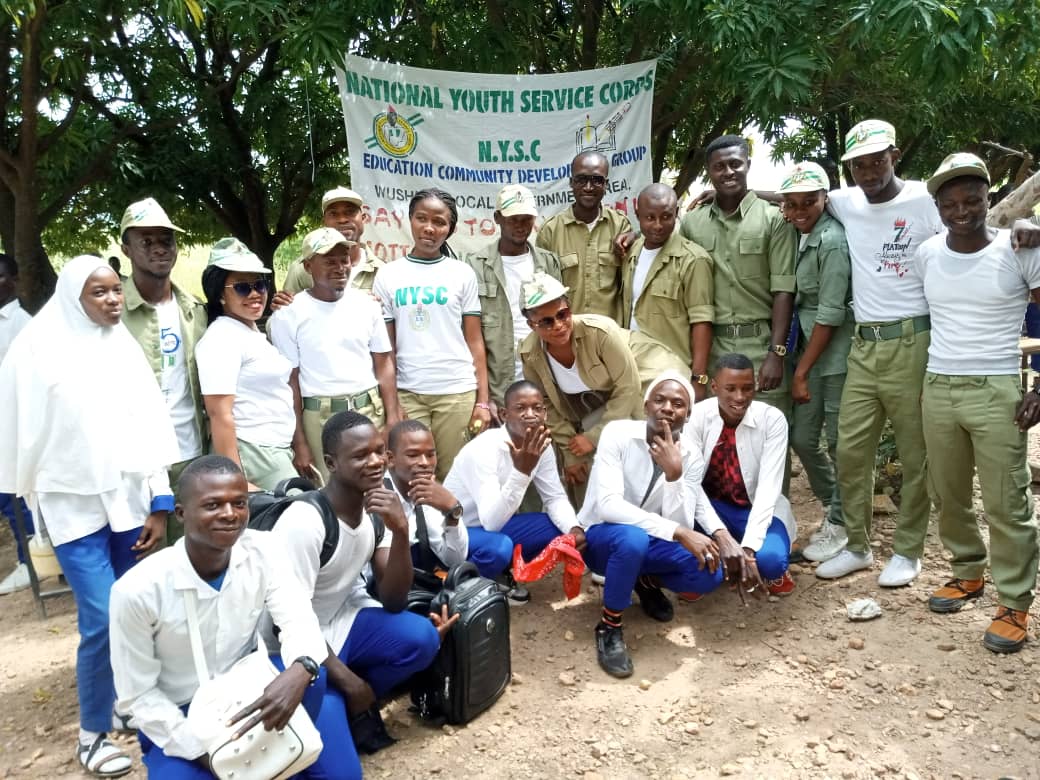The Role of Communication in Health Development: Key Strategies and Techniques
Effective communication is the backbone of health development. It is essential for creating awareness, changing behaviors, and fostering positive health outcomes. This article explores the pivotal role of communication in health development and outlines key strategies and techniques to maximize its impact.
Understanding the Role of Communication in Health Development
Health development encompasses efforts to improve health outcomes through interventions, policies, and programs. Communication plays a crucial role in this process by:
- Raising Awareness: Informing communities about health issues, services, and preventive measures.
- Promoting Healthy Behaviors: Encouraging practices that lead to better health outcomes.
- Facilitating Access to Services: Providing information on where and how to access healthcare services.
- Empowering Communities: Engaging communities in health initiatives and decision-making processes.
Key Strategies in Health Communication
- Audience-Centered Messaging
- Tailored Communication: Develop messages that resonate with specific audience segments based on demographics, cultural contexts, and health literacy levels.
- Language and Literacy: Use simple, clear language and avoid medical jargon. Provide materials in multiple languages if necessary.
- Engagement and Participation
- Community Involvement: Involve community members in the design and implementation of health programs. This ensures that the interventions are relevant and culturally appropriate.
- Feedback Mechanisms: Create channels for communities to provide feedback on health initiatives, which helps in refining strategies and addressing concerns.
- Multichannel Approach
- Digital Media: Utilize social media platforms, websites, and mobile apps to reach broader audiences and provide real-time information.
- Traditional Media: Leverage radio, television, and print media to reach populations with limited internet access.
- In-Person Communication: Conduct workshops, seminars, and community meetings to facilitate direct interaction and engagement.
- Behavioral Change Techniques
- Social Norms: Use communication to shift social norms and attitudes towards healthier behaviors. Highlight success stories and role models.
- Incentives and Motivations: Communicate the benefits of adopting healthy behaviors and provide incentives for participation in health programs.
- Crisis Communication
- Timely Information: During health emergencies, provide accurate and timely information to prevent panic and misinformation.
- Transparency: Maintain transparency about the situation and the steps being taken to address it. Build trust through honest communication.
Techniques for Effective Health Communication
- Storytelling
- Personal Stories: Share personal stories and testimonials from individuals who have benefited from health programs. This humanizes the issue and makes the message more relatable.
- Visuals and Media: Use images, infographics, and videos to convey complex information in an accessible and engaging manner.
- Health Literacy
- Education and Training: Educate communities about health topics and provide training on navigating health systems. Improve health literacy to enable informed decision-making.
- Simplified Materials: Create easy-to-understand educational materials, such as fact sheets and brochures.
- Partnerships and Collaboration
- Stakeholder Engagement: Collaborate with healthcare providers, NGOs, government agencies, and other stakeholders to enhance the reach and effectiveness of health communication efforts.
- Resource Sharing: Share resources and best practices to maximize the impact of health communication initiatives.
- Monitoring and Evaluation
- Assess Impact: Regularly evaluate the effectiveness of communication strategies through surveys, interviews, and other feedback mechanisms.
- Adapt and Improve: Use evaluation results to make data-driven adjustments to communication strategies and ensure continuous improvement.
Communication is a powerful tool in health development, capable of driving change, improving health outcomes, and empowering communities. By employing audience-centered messaging, engaging communities, utilizing multiple channels, and applying effective techniques, health communicators can enhance the impact of their efforts. As the field of health development evolves, ongoing adaptation and innovation in communication strategies will be essential for addressing emerging health challenges and achieving lasting positive outcomes.

- Trapped in Fear: Child Marriage and the Shadow of Domestic Violence in Northern Nigeria - August 6, 2024
- The Power of Media Representation - May 23, 2024
- Game On: Unleashing the Power of Sports for Girls’ Empowerment - May 23, 2024




